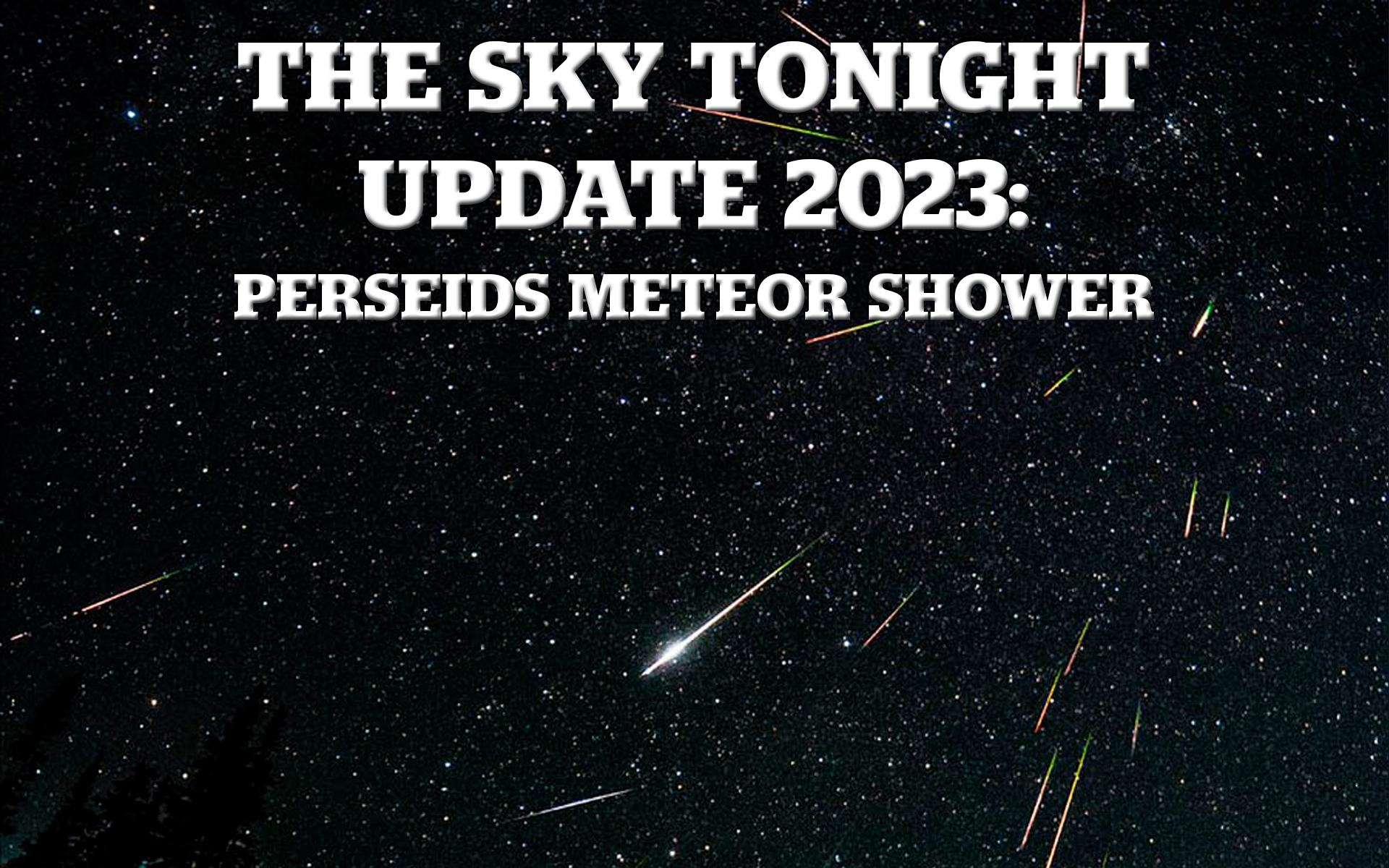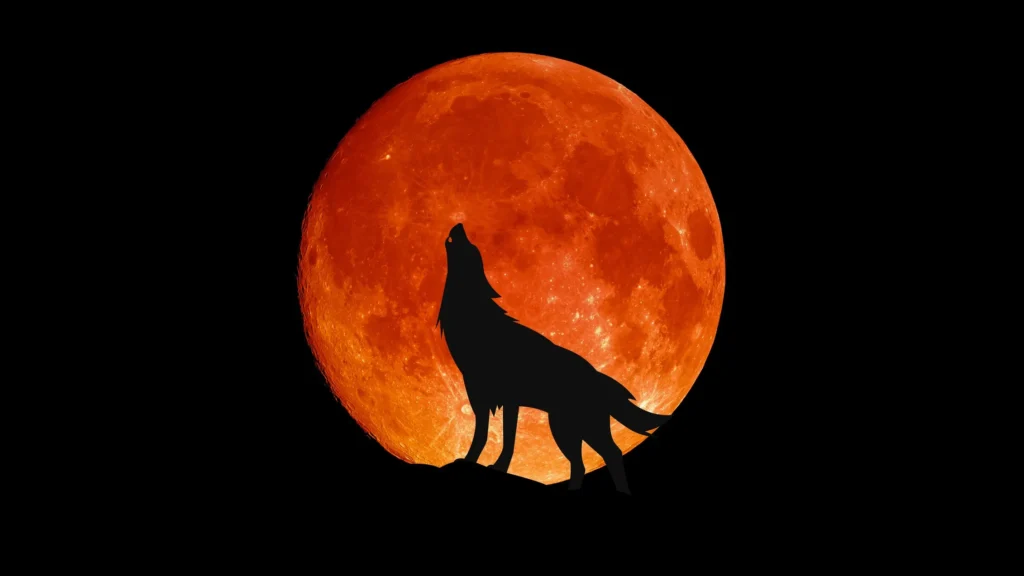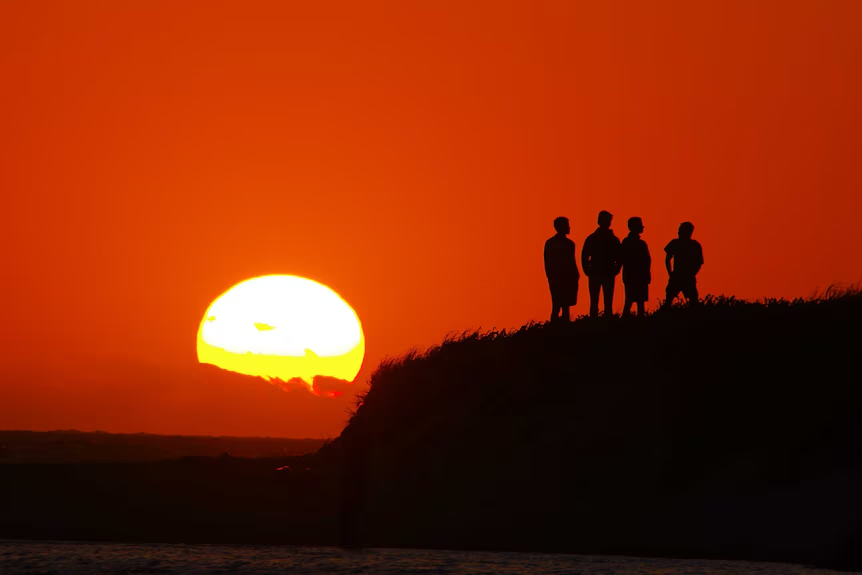The Perseids is one of the best meteor showers to observe, producing up to 60 meteors per hour at its peak. It is produced by comet Swift-Tuttle, which was discovered in 1862.
The comet orbits the sun approximately every 133 years. Lewis Swift of Marathon, New York, visually discovered it on July 16, 1862, using an 11-centimeter (3.5-inch refractor lens) telescope. He did not report it immediately, believing that he was observing Comet Schmidt, which was found two weeks prior. Then, three days later, Horace Tuttle picked it up from Harvard Observatory. Scientists calculated that the comet would return in 130 years. That is, that we would see it again in 1992.
The Perseids are famous for producing a large number of bright meteors. The shower runs annually from July 17 to August 24. It peaks this year on the night of August 12 and the morning of August 13. The crescent moon should not be too much of a problem this year. Skies should still be dark enough for a good show. Best viewing will be from a dark location after midnight. Meteors will radiate from the constellation Perseus, but can appear anywhere in the sky.
























I just wanted to say how much I love the art and science museum, and I am looking forward to the meteor shower.
Thank you, we’re glad you appreciate us and we appreciate you too! Hope you were able to get a great view. We hope to see you at our museum soon!